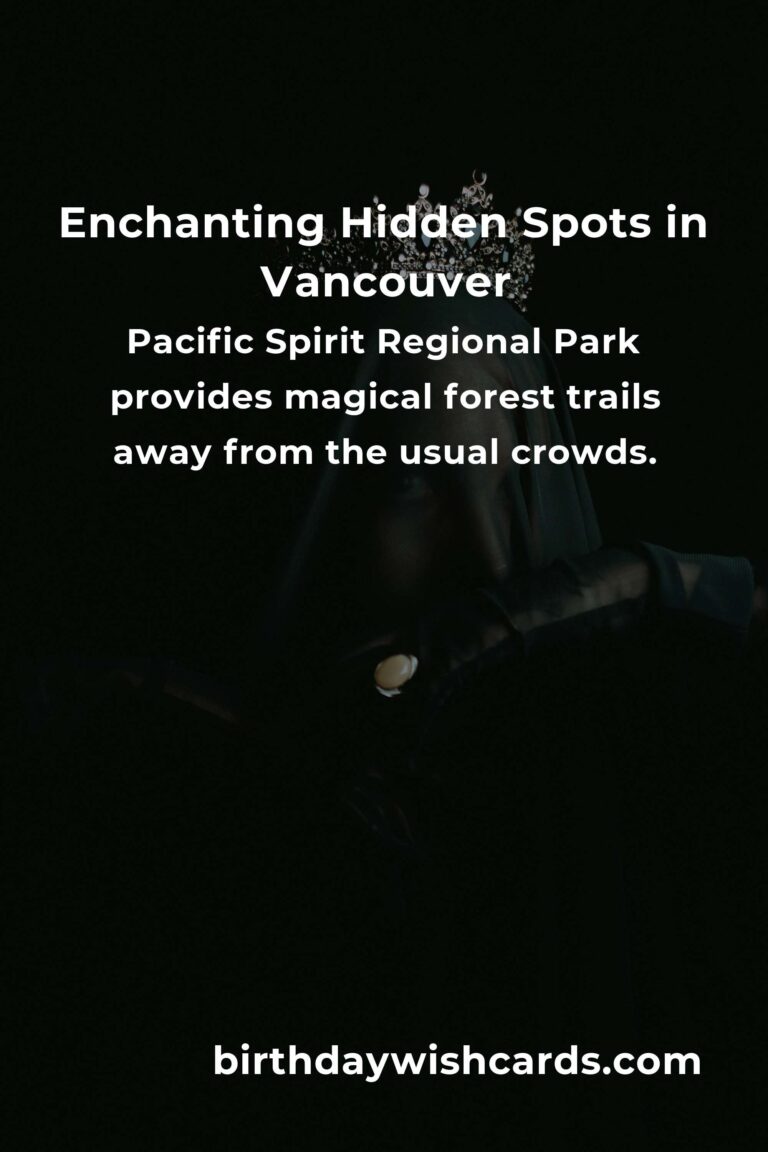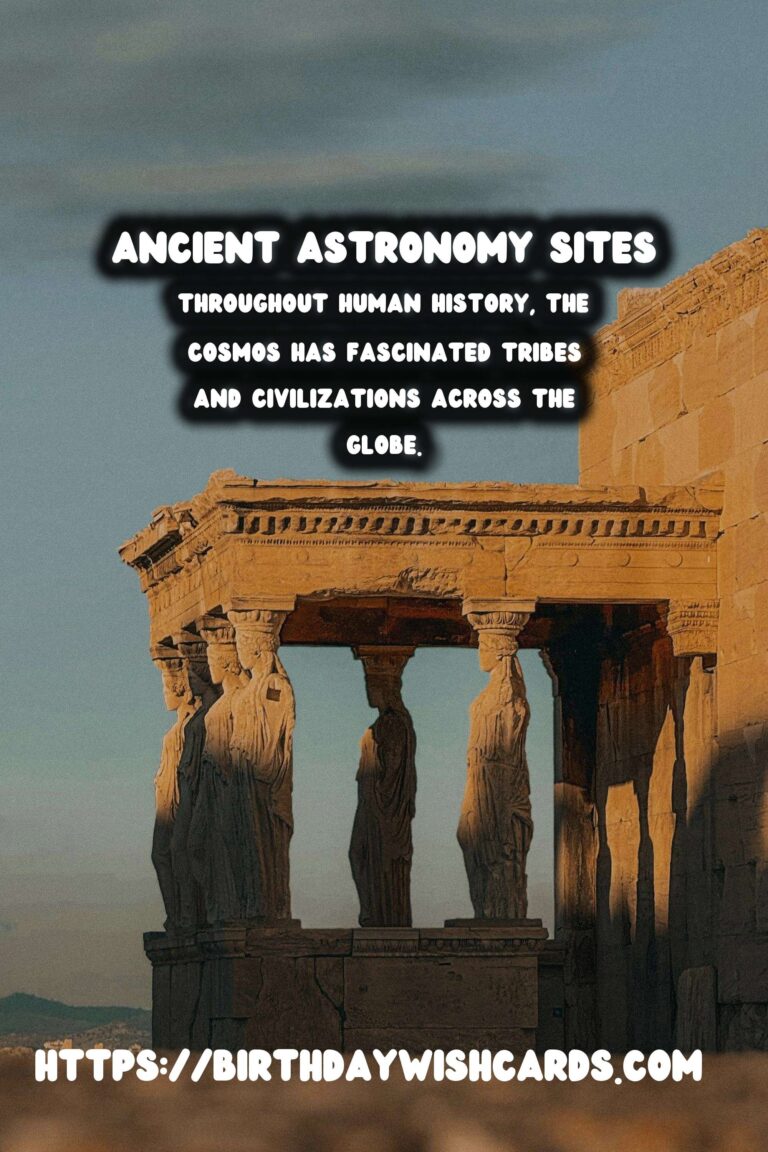
Throughout human history, the cosmos has fascinated tribes and civilizations across the globe. Our ancestors closely observed the night sky, crafting star maps and celestial indicators that informed agricultural practices, ritual ceremonies, and daily life. Ancient astronomy sites scattered around the world offer us a glimpse into how our forebears interpreted the cosmic ballet above them. In this excursus, we delve deep into some of the most remarkable ancient astronomy sites, uncovering the star maps and celestial wisdom etched in stones.
Stonehenge: An Enigma in the English Countryside
Located in Wiltshire, England, Stonehenge stands as a testament to ancient astronomical pursuits. This prehistoric monument, believed to have been erected between 3000 BC and 2000 BC, is a circle of massive standing stones. While its exact purpose remains shrouded in mystery, many archaeologists and astronomers suggest that Stonehenge functioned as an ancient observatory. Its alignment with the summer and winter solstices indicates a sophisticated understanding of celestial movements. The way sunlight perfectly frames certain stones on these days suggests that the builders of Stonehenge had a profound knowledge of the solar cycle.
Machu Picchu: The Celestial City of the Incas
High in the Andes Mountains of Peru, Machu Picchu offers not only architectural ingenuity but also an insight into Incan celestial practices. This UNESCO World Heritage site, believed to have been constructed in the 15th century, is strategically positioned relative to celestial events. The Intihuatana stone, a ceremonial sundial, serves as an astronomical device aligned with the winter solstice. During the equinoxes, the sun casts no shadows on this sculpted stone, indicating an advanced understanding of astronomical phenomena by the Incas.
Nabta Playa: The African Stonehenge
Deep in the Nubian Desert of southern Egypt lies Nabta Playa, a prehistoric archaeological site that predates Stonehenge by approximately a thousand years. This early Neolithic site, with large stone structures and alignments, is believed to have been an ancient ceremonial center. The stone circles and alignments reflect an understanding of the summer solstice, underscoring the site’s role as a calendar marking time through celestial observations.
Chaco Canyon: The Cosmological Center of the Ancestral Puebloans
Chaco Canyon, located in present-day New Mexico, USA, is a marvel of ancient North American cultures. The ancestral Puebloans, who flourished here between AD 900 and 1150, designed a complex array of structures with astronomical alignments. The Sun Dagger at Fajada Butte, perhaps the most famous feature, marks the solstices and equinoxes with sunlight patterns that illuminate specific petroglyphs. The meticulous construction suggests an expert comprehension of solar and lunar cycles.
Ancient Chinese Star Maps
Ancient China was another cradle of celestial wisdom, with records of star maps dating back to the Han dynasty. The Chinese developed an intricate lunar calendar, astronomical charts, and detailed observations that informed navigation, agriculture, and official state rituals. Sites such as the ancient star observatory at the Dengfeng Observatory Complex highlight the precision with which the Chinese observed and documented celestial phenomena.
The Significance of Ancient Astronomy
Understanding why ancient people invested so much into studying the stars reveals more than just a quest for agricultural timing. Celestial bodies held religious and cultural symbolism, influencing architecture, governance, and the cultural identity of entire civilizations. Today, these ancient sites offer insight into the technological and intellectual advancements of early societies.
These ancient astronomical sites, though rooted in the past, continue to inspire curiosity and admiration. As we explore these stone edifices and celestial symmetries, we gain a deeper appreciation for the scientific foundations laid by our ancestors long before the advent of modern technology.
Throughout human history, the cosmos has fascinated tribes and civilizations across the globe. Our ancestors closely observed the night sky, crafting star maps and celestial indicators that informed agricultural practices, ritual ceremonies, and daily life. 
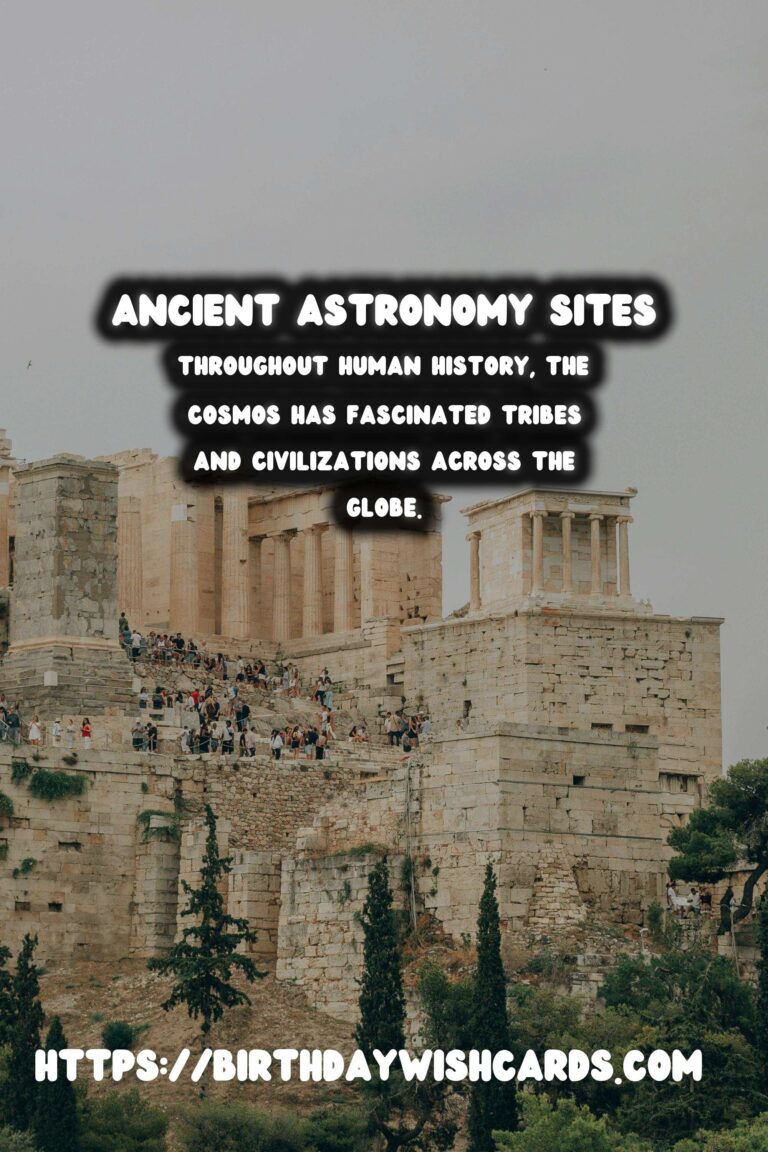
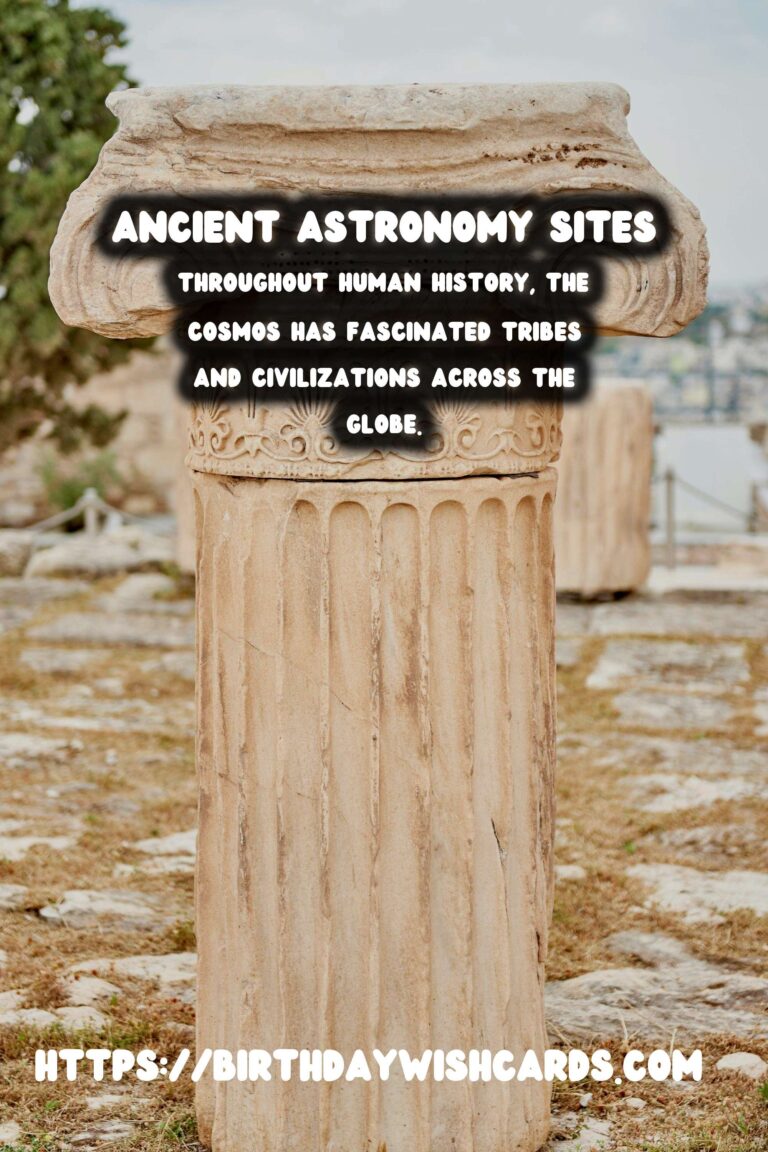
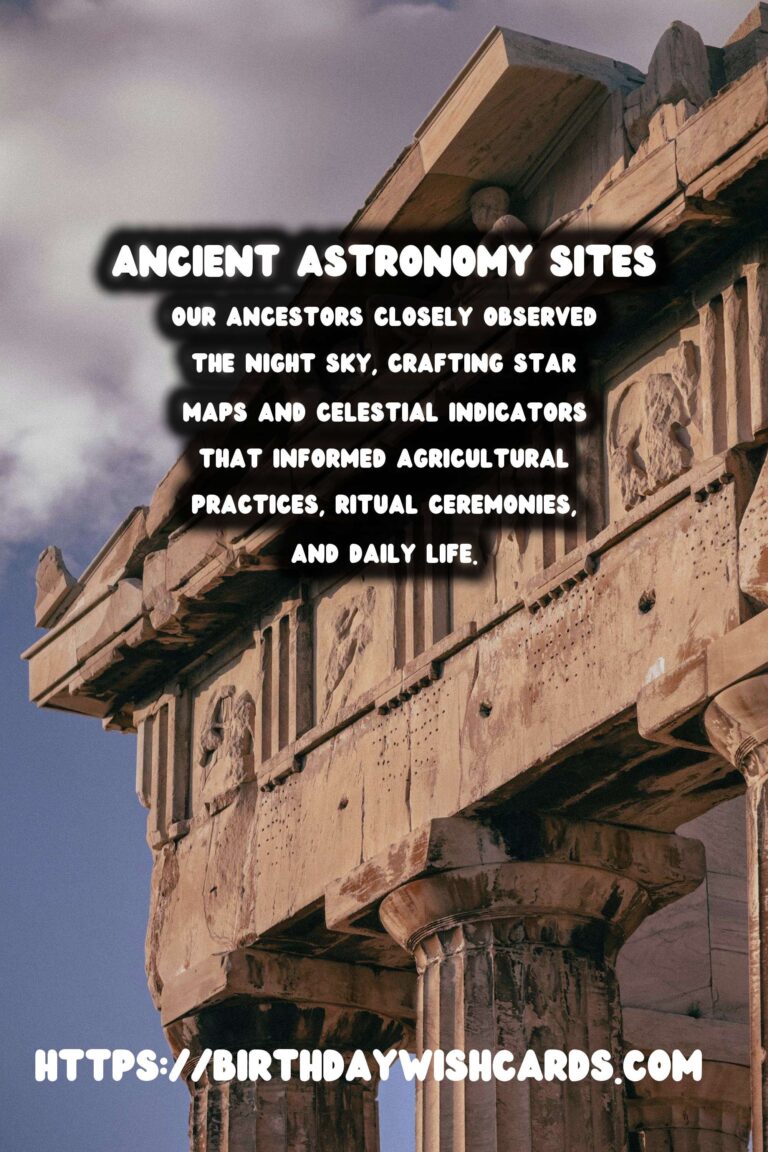
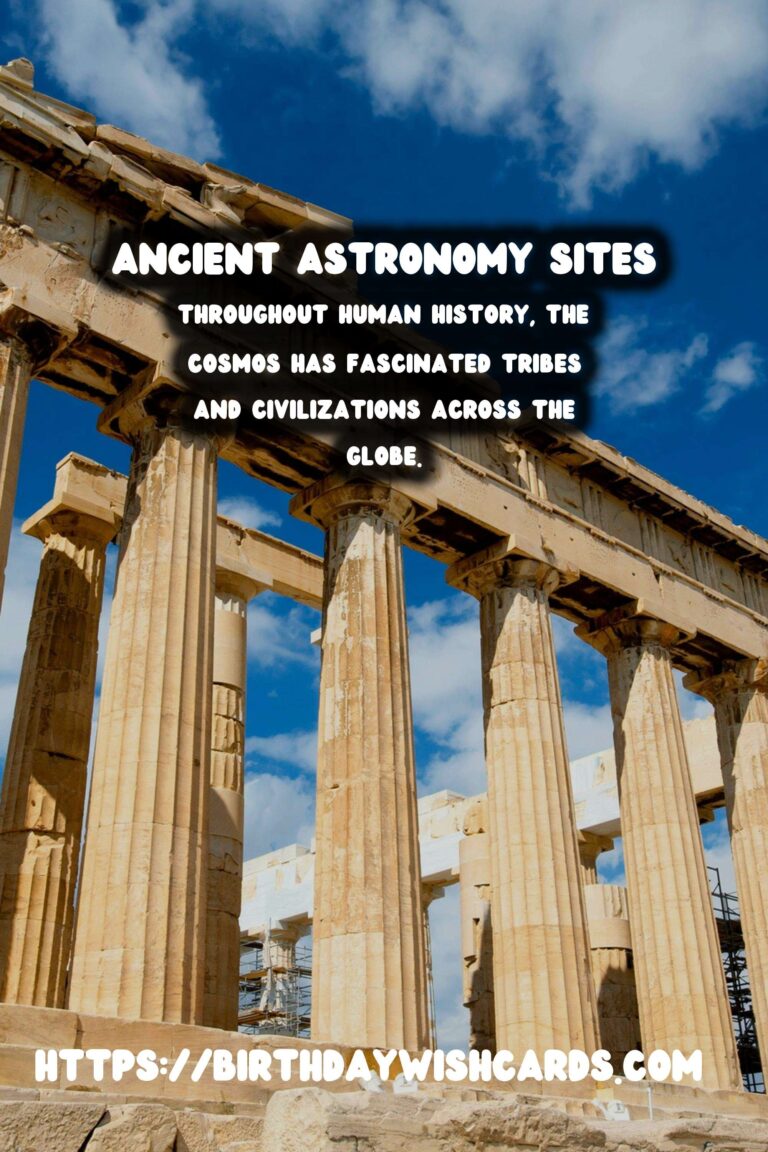
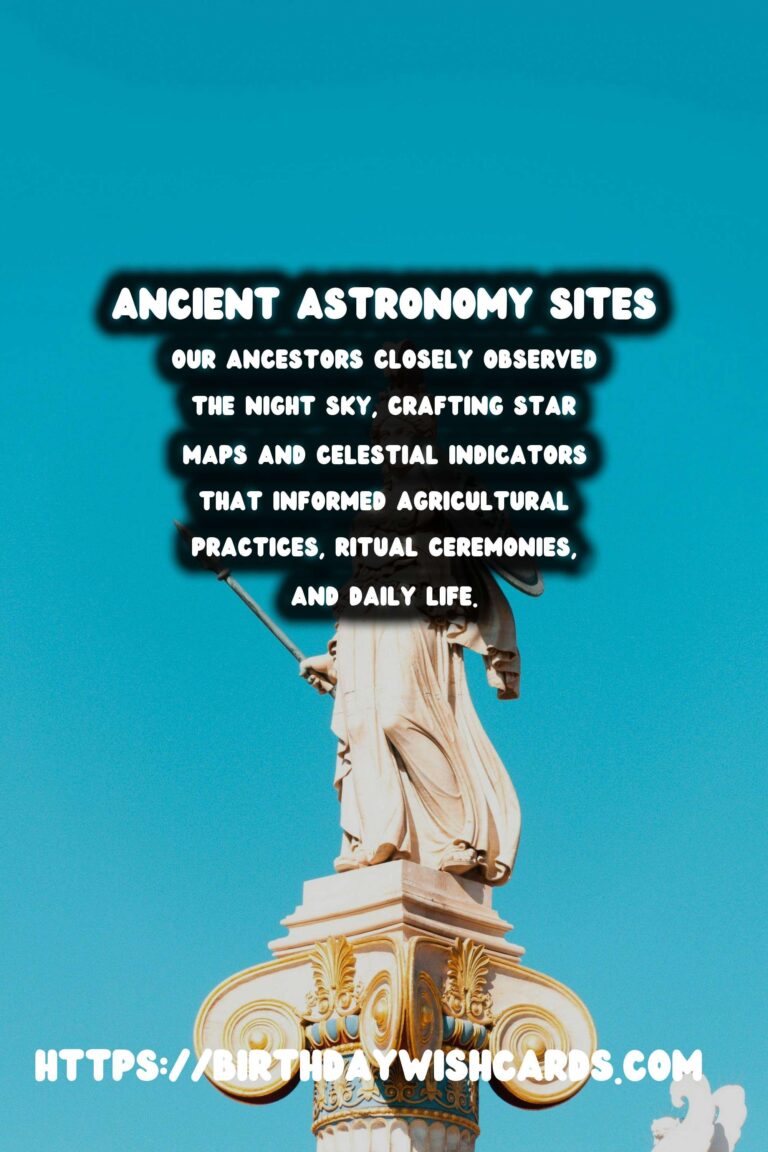
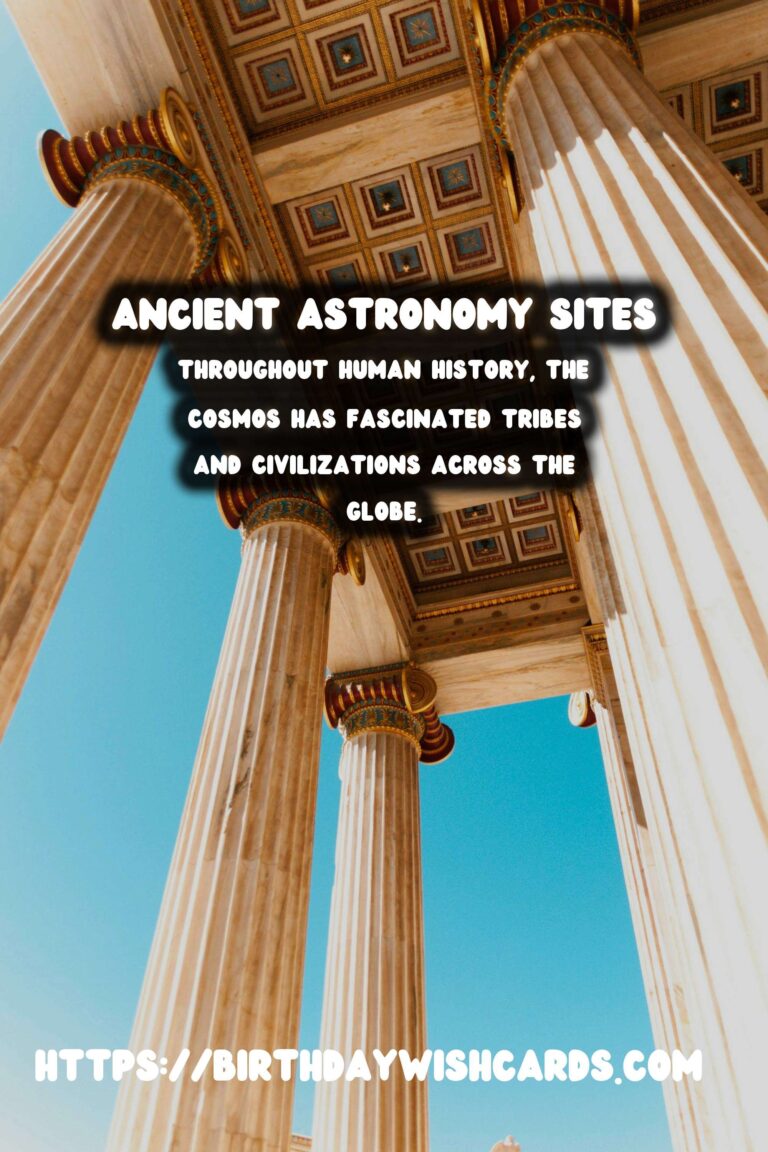
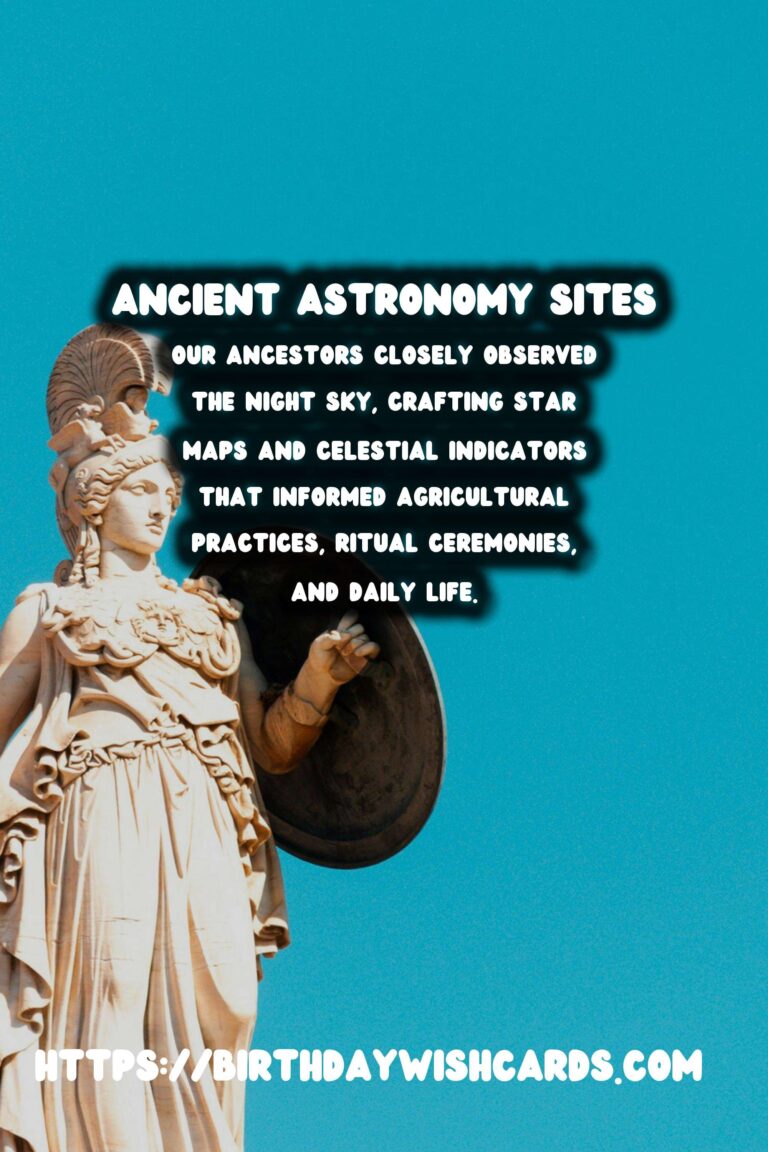
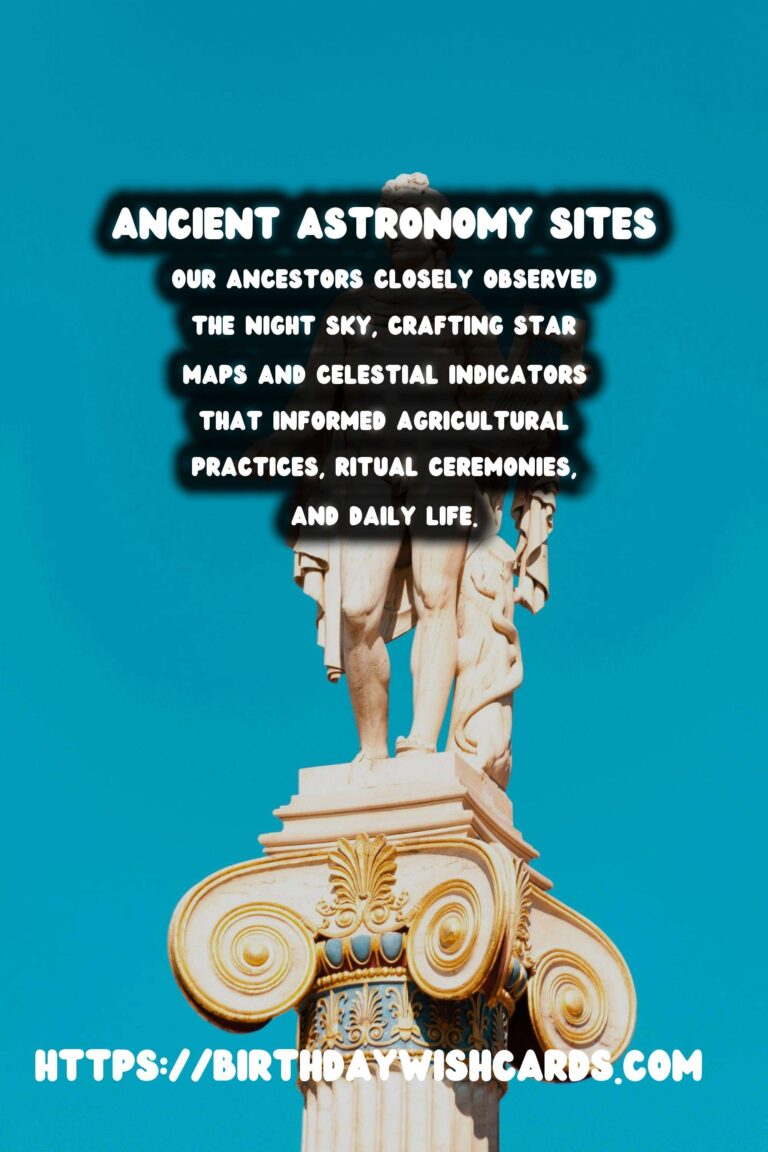
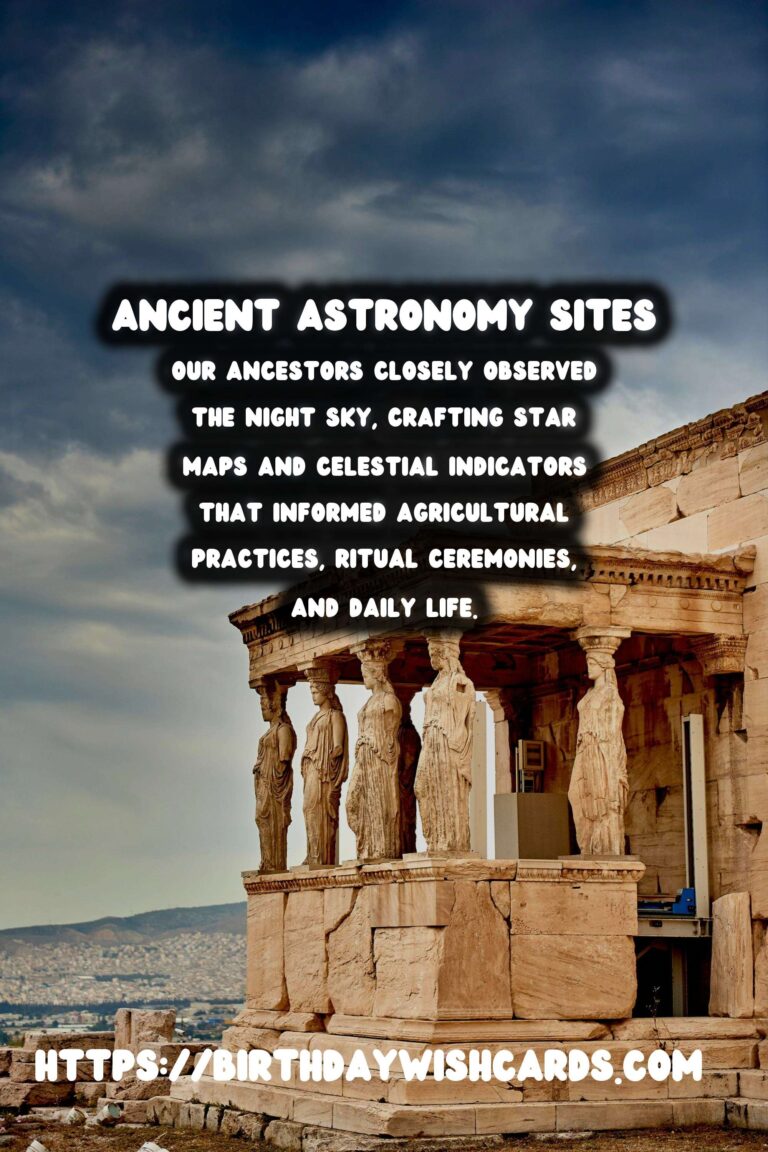
#AncientAstronomy #StarMaps


